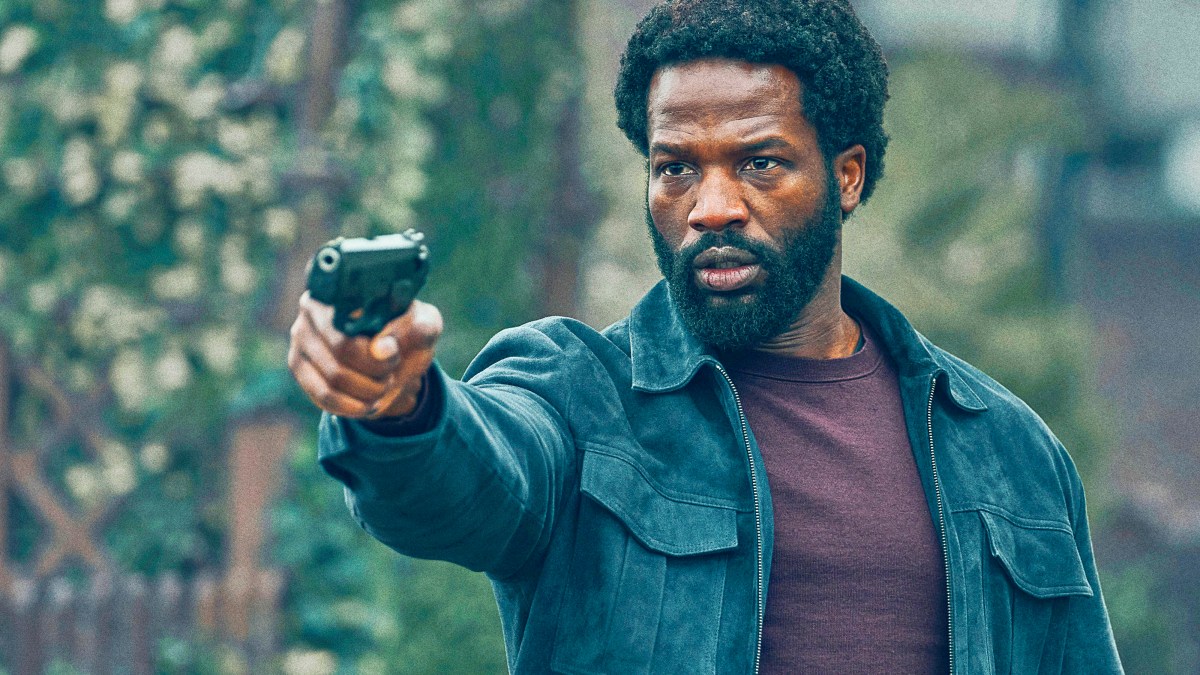Understanding Gangs of London's Brutality: A Deep Dive into the Show's Violence
Gangs of London, the critically acclaimed AMC+ series, isn't for the faint of heart. Its graphic violence and unflinching portrayal of brutal gang warfare have captivated audiences worldwide, sparking discussions about its realism and impact. But what fuels the show's relentless brutality, and what can we learn from its depiction of London's underworld? This article delves into the motivations behind the violence, analyzing its cinematic representation and exploring its broader implications.
The Brutal Reality of London's Gangs: Fact vs. Fiction
Gangs of London doesn't shy away from depicting the harsh realities of organized crime. While heightened for dramatic effect, the show draws inspiration from real-life gang activity, albeit often exaggerated. The intricate power struggles, betrayals, and ruthless violence are rooted in the complex dynamics of criminal organizations.
- Realistic portrayal of power struggles: The show accurately reflects the constant competition for dominance within criminal networks. Betrayals, assassinations, and all-out wars are common tools used to seize and maintain power.
- Exaggerated violence for dramatic impact: While inspired by real events, the level of violence in Gangs of London is significantly amplified for entertainment purposes. This allows the show to explore the consequences of unchecked power and the brutal nature of gang life in a heightened, cinematic way.
- Diverse criminal enterprises: The show showcases the diverse criminal enterprises involved, from drug trafficking and extortion to human trafficking and money laundering. This complexity mirrors the multifaceted nature of real-world organized crime.
Analyzing the Show's Cinematic Violence
The show's violence isn't gratuitous; it serves a purpose. It's used to:
- Establish power dynamics: Brutal acts of violence showcase the dominance and ruthlessness of specific characters and gangs.
- Drive the narrative: Violence is a key driver of the plot, propelling the story forward and creating suspense.
- Highlight the consequences of actions: The graphic nature of the violence underscores the devastating impact of gang-related activity on individuals and society.
The Psychological Impact of Gang Violence: Exploring the Characters' Motivations
Beyond the spectacle of violence, Gangs of London explores the psychological underpinnings of its characters' actions. Many characters are driven by:
- Revenge: A recurring theme is the desire for retribution, fueling cycles of violence and escalating conflicts.
- Loyalty: Strong bonds of loyalty often bind gang members, leading them to commit acts of violence to protect their associates.
- Ambition: The relentless pursuit of power and wealth drives many characters to extreme measures.
The Social Commentary: Gangs of London and Its Implications
While entertainment-driven, Gangs of London offers a commentary on several societal issues:
- Social inequality: The show highlights the systemic inequalities that contribute to the rise of gangs and organized crime.
- The impact of globalization: The show touches upon the influence of global criminal networks on local gangs.
- The failure of law enforcement: The show questions the effectiveness of traditional methods in combating organized crime.
Beyond the Screen: Resources for Understanding Gang Violence
For those interested in learning more about the complexities of gang violence and its impact on society, here are some resources:
- [Link to a relevant academic article or report on gang violence]
- [Link to a reputable charity or organization working to combat gang violence]
Conclusion: The Enduring Power of Gangs of London's Brutality
Gangs of London's unflinching portrayal of violence, while controversial, effectively drives its narrative and sparks crucial conversations. By exploring the psychological motivations of its characters and the broader societal factors contributing to gang violence, the show achieves a level of depth rarely seen in other crime dramas. Its brutal realism, while stylized, serves to remind us of the devastating consequences of unchecked power and the complex realities of organized crime. The show’s impact lies not just in its shocking visuals but also in its exploration of the human cost of violence and the urgent need for systemic change.
